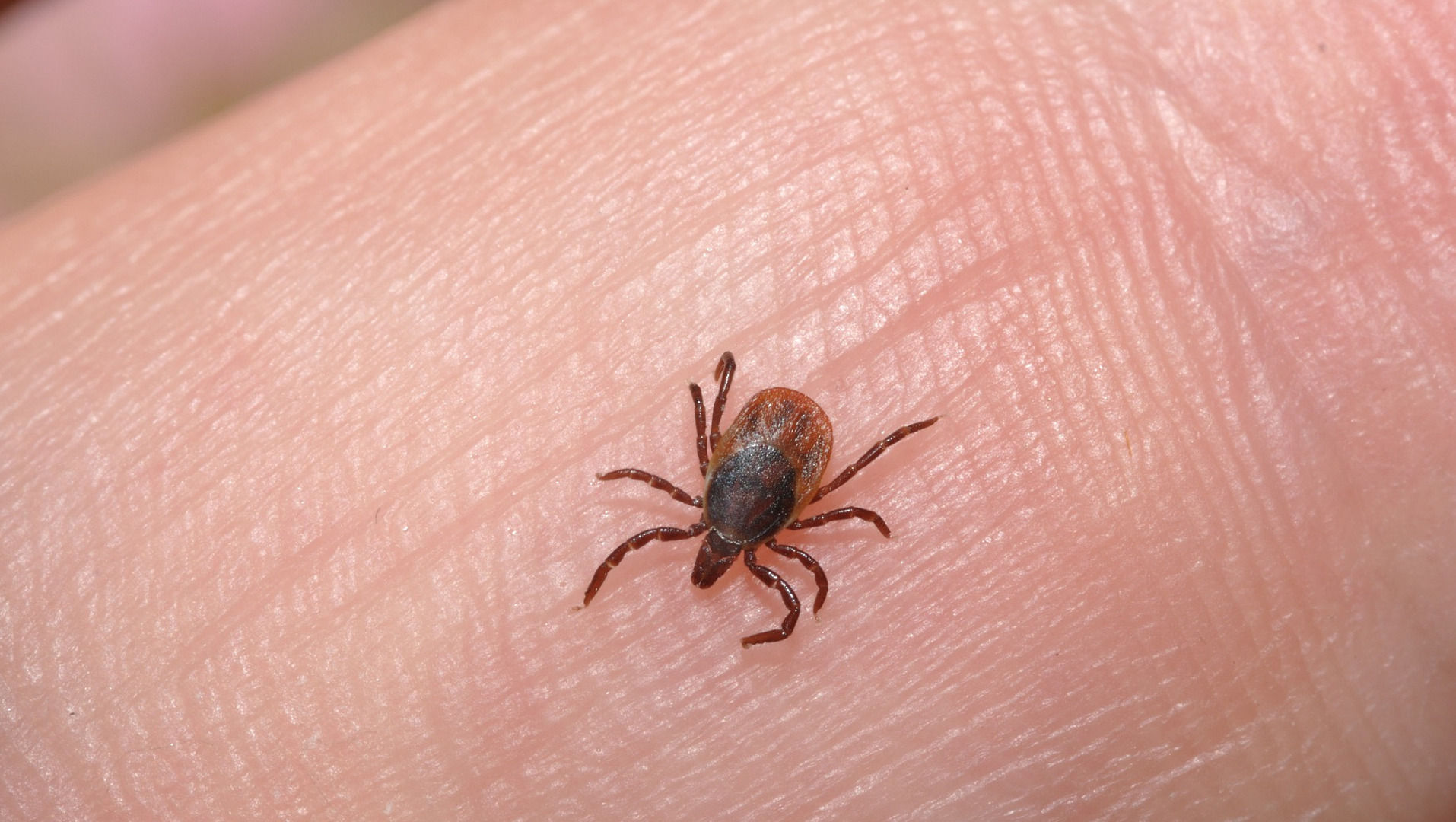Home Remedies for Head Lice Removal
As the school year begins, many parents face the persistent problem of head lice infestations. These tiny parasites, scientifically known as Pediculus capitis, feed on blood from the scalp and attach their eggs, or nits, to hair strands. Despite common misconceptions, lice are not a result of poor hygiene and can affect anyone, regardless of cleanliness.
Transmission and Symptoms
Head lice are most commonly spread through direct contact with an infected person. However, they can also be transmitted through shared items like hats, combs, hair accessories, or bedding. Lice cling tightly to hair with their claws, making them difficult to dislodge.
Initial signs of an infestation are often subtle, but persistent itching becomes the primary symptom as the lice population grows. Scratching can lead to sores, which may become infected if not treated. Nits are typically found near the base of hair strands, and adult lice, about the size of a sesame seed, are grayish and visible to the naked eye.
Preventing Reinfestation
After treatment, it’s crucial to prevent reinfestation:
- Wash bedding, hats, and clothing in hot water.
- Vacuum upholstery and carpets to remove any lice that may have fallen off.
- Avoid sharing hair accessories, hats, and other items that come into contact with hair.
Effective Home Remedies for Head Lice Removal
While lice don’t carry diseases, they cause discomfort, and removing them can be challenging. However, several effective home remedies can tackle lice infestations naturally.
Tea Tree Oil Treatment
Tea tree oil has natural insecticidal properties that can help eliminate head lice. Mix two tablespoons of tea tree oil with six ounces of Dawn dishwashing liquid and two ounces of white vinegar in a spray bottle. Apply to the scalp, let sit for five minutes, and then rinse thoroughly. Follow with a conditioner to soothe the scalp and prevent dandruff caused by the oil.
Vinegar and Cetaphil Cleanser
Section the hair and saturate each part with Cetaphil Gentle Skin Cleanser. After blow-drying the hair, rinse it and towel it dry. Next, pour full-strength white vinegar over the hair, completely covering the scalp and hair. Leave the vinegar on for about ten minutes before washing it out. This method loosens nits and helps prevent re-infestation.
Mayonnaise Method
Mayonnaise is an excellent home remedy and works well even when lice have developed a tolerance for traditional lice removal products. To use, saturate the scalp and hair with mayonnaise, cover it with a plastic cap or wrap, and leave it on overnight. (a minimum of an hour). Heat the hair with a blow dryer for five minutes, then comb through to remove lice and nits. Rinse the hair thoroughly. Repeat daily until all lice and nits are gone. You'll have bonus points for shiny hair from the conditioning power that mayonnaise adds to your tresses.
Coconut Oil Treatment
Coconut oil is a natural lice-repellent and can smother lice. Apply organic coconut oil generously to the scalp before bed and cover with a shower cap. Leave the oil on overnight. In the morning, shampoo the hair and comb out the dead lice and nits. Coconut oil not only helps eliminate lice but also leaves the scalp moisturized.
Tweezers and Comb Method
The most time-consuming but effective method involves manually removing lice and nits with a fine-toothed lice comb or tweezers. While this method may take several sessions, it ensures the removal of all live lice and nits.
Anti-Lice Shampoos
Over-the-counter anti-lice shampoos contain pyrethrins or other insecticidal ingredients to kill lice. While these products are effective against live lice, they often need to be used with combing to remove nits.
Vaseline or Cooking Oil
Applying Vaseline or cooking oil to the scalp can suffocate lice. Leave the oil on the scalp for several hours or overnight, then use a lice comb to remove the lice and nits. Be prepared for extensive shampooing to remove the greasy residue.
Lice Removal Products
Many lice removal kits are available in drugstores. These kits typically contain shampoos and combs designed for lice removal. These products often use natural or chemical ingredients to kill lice and make combing out nits easier.



